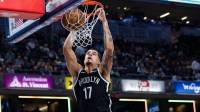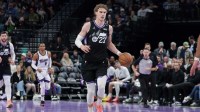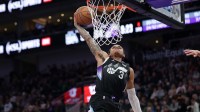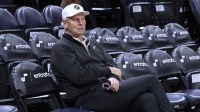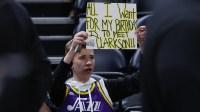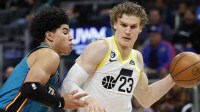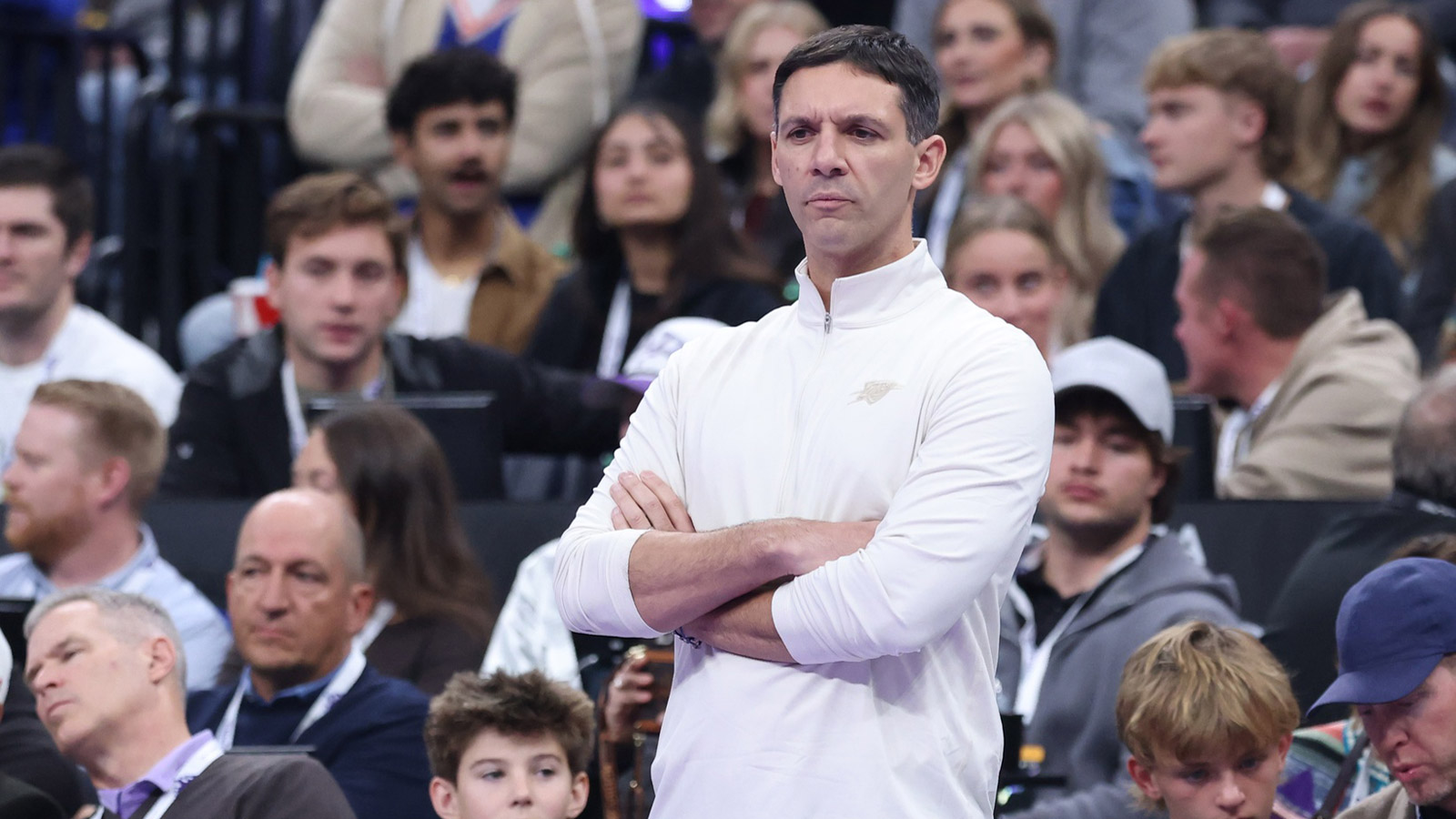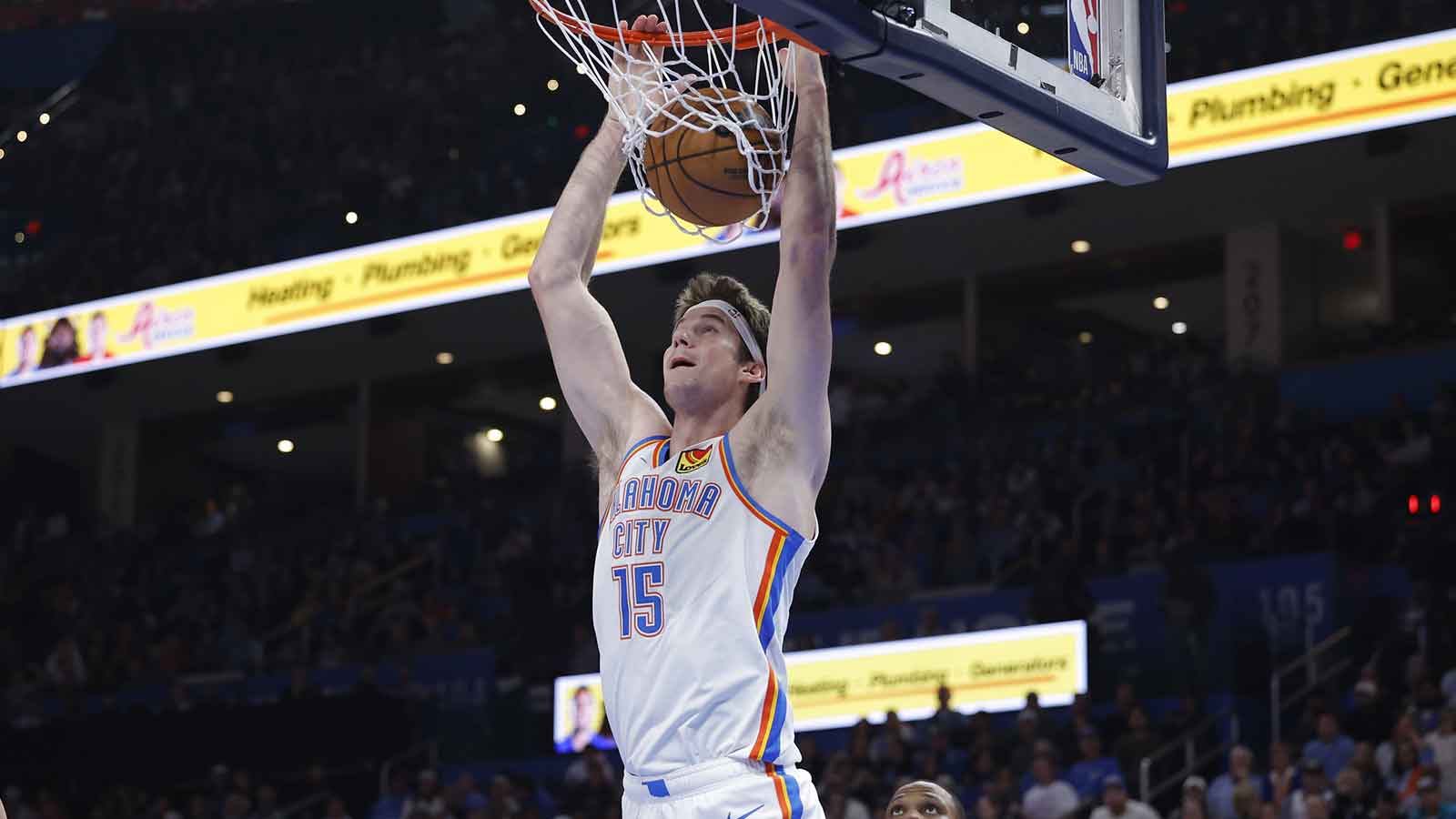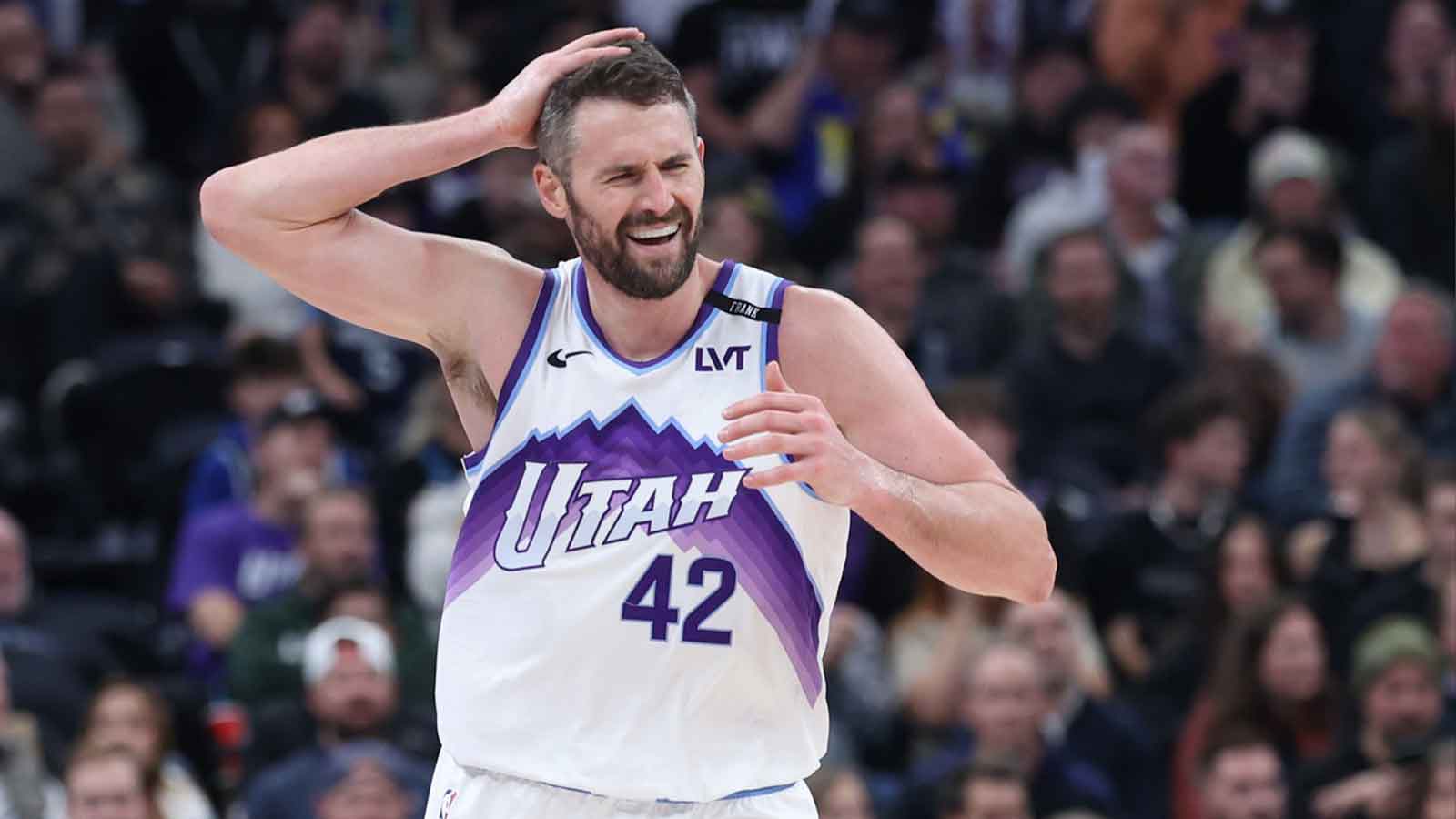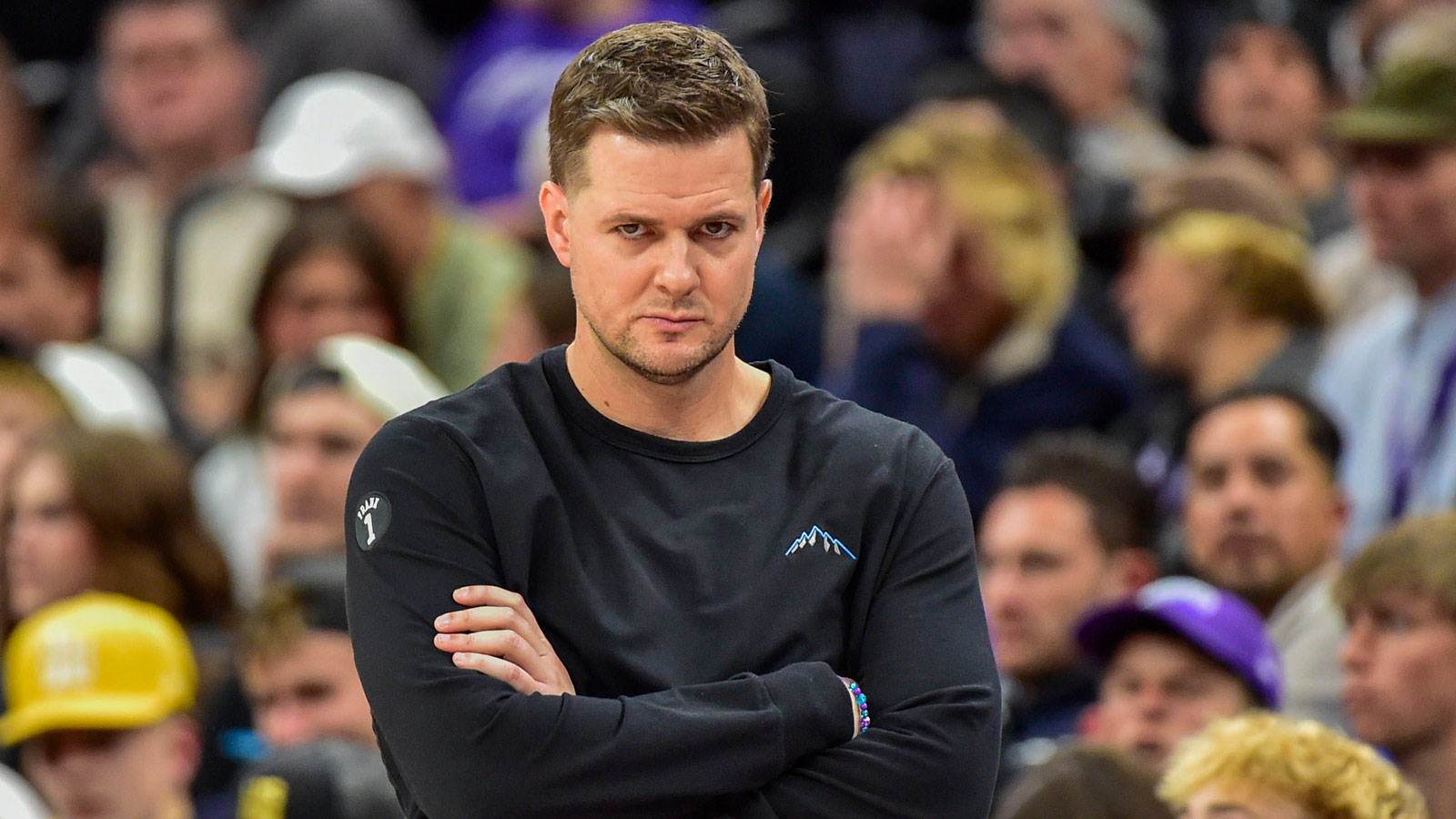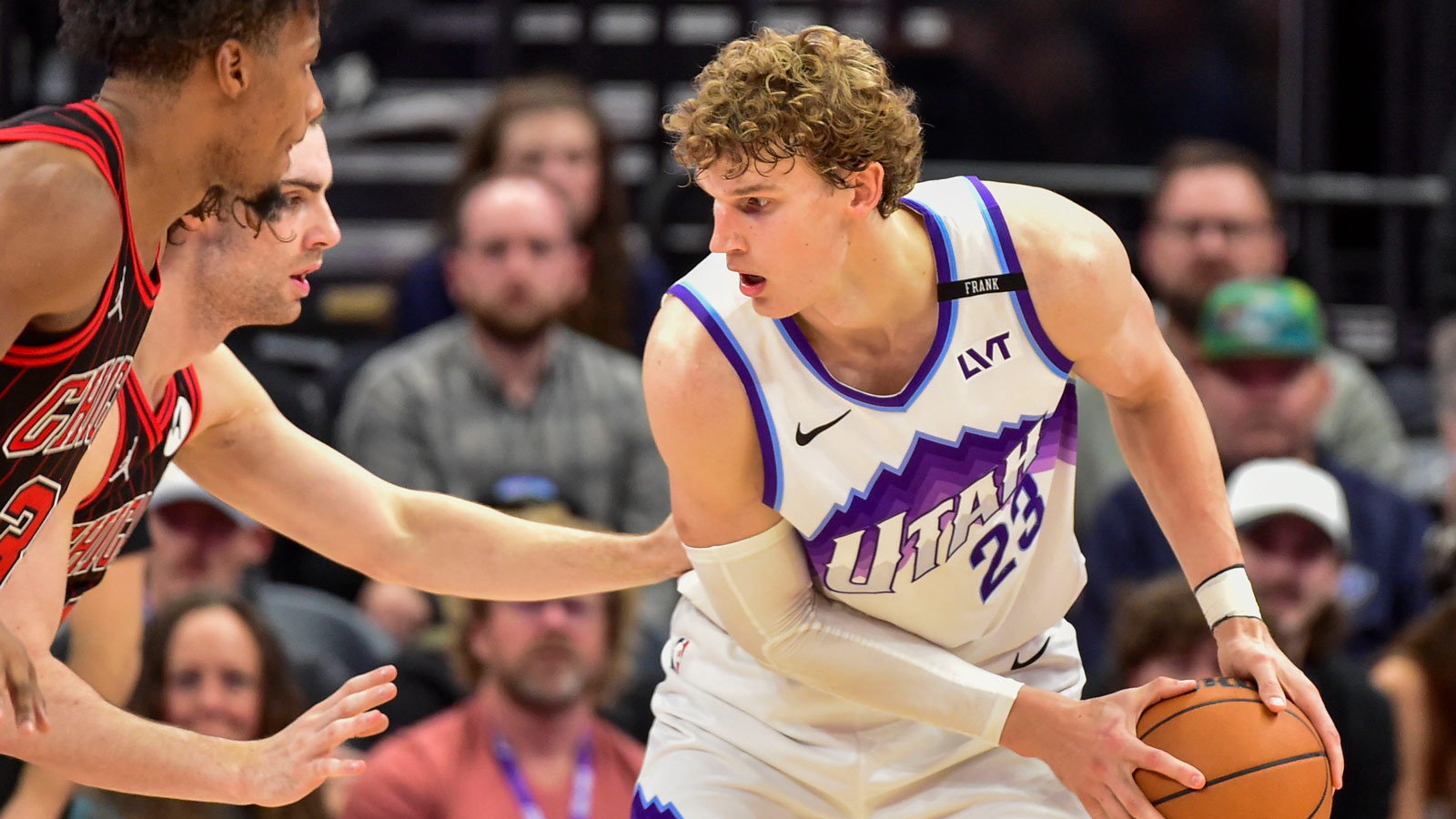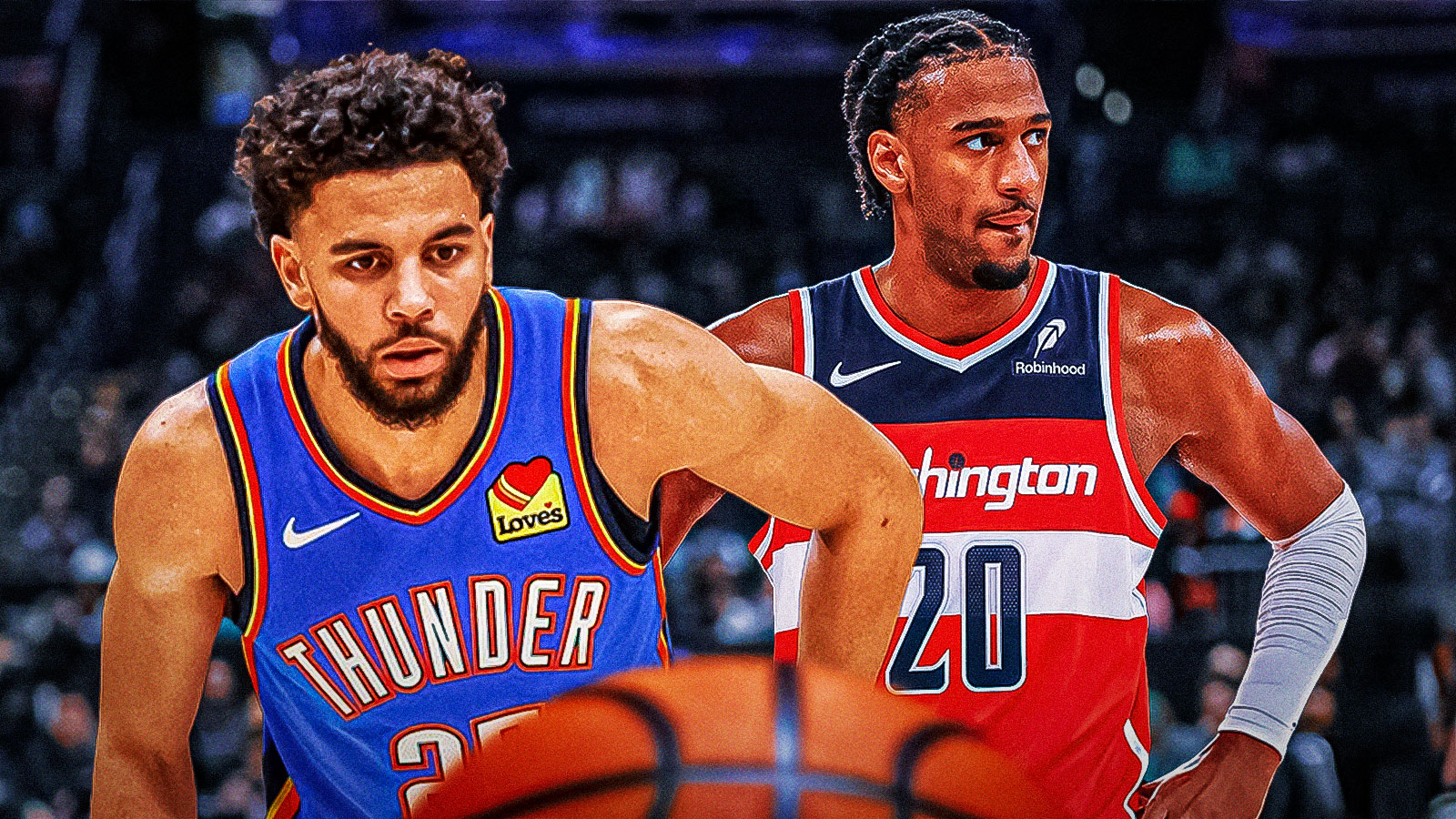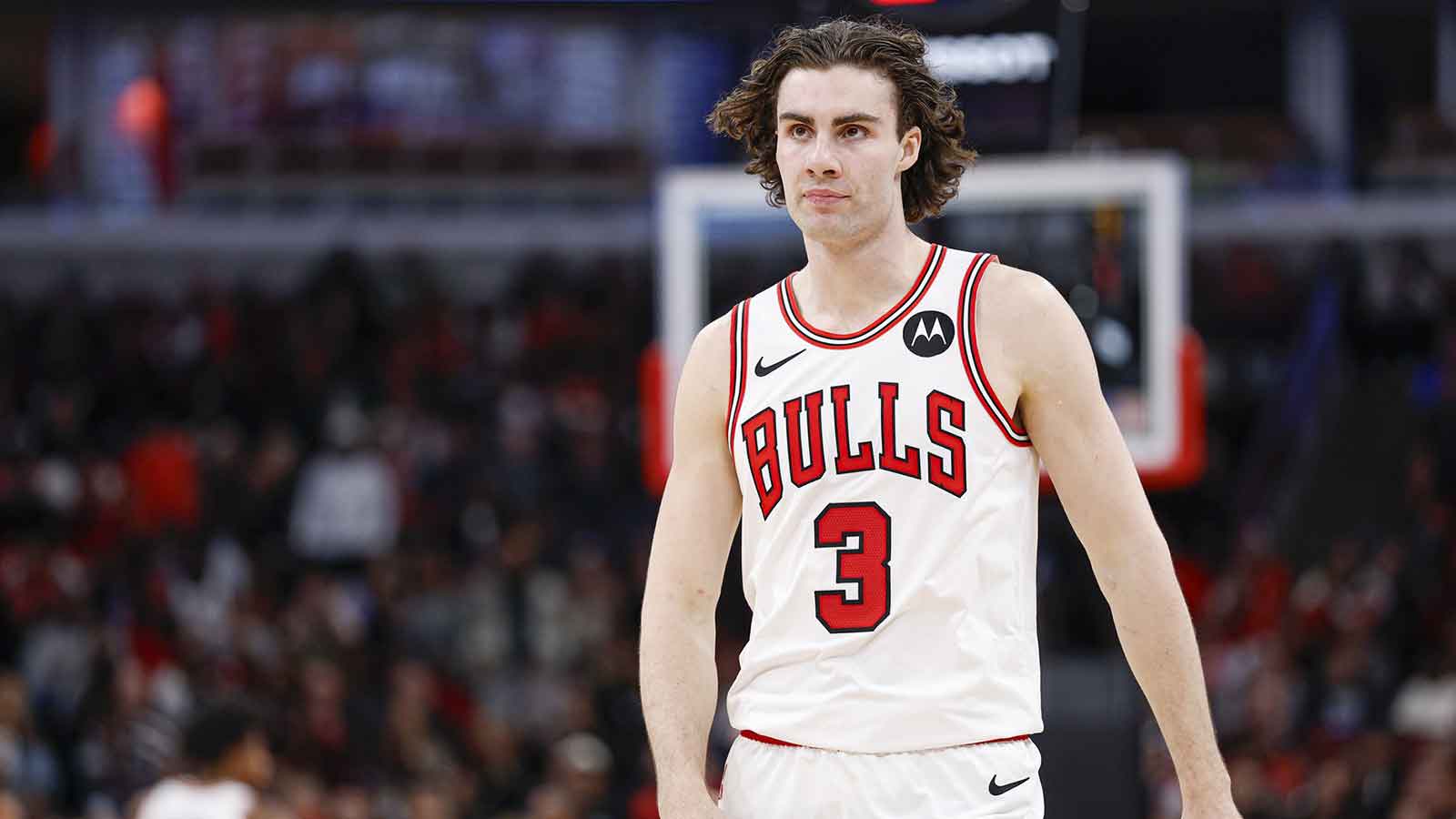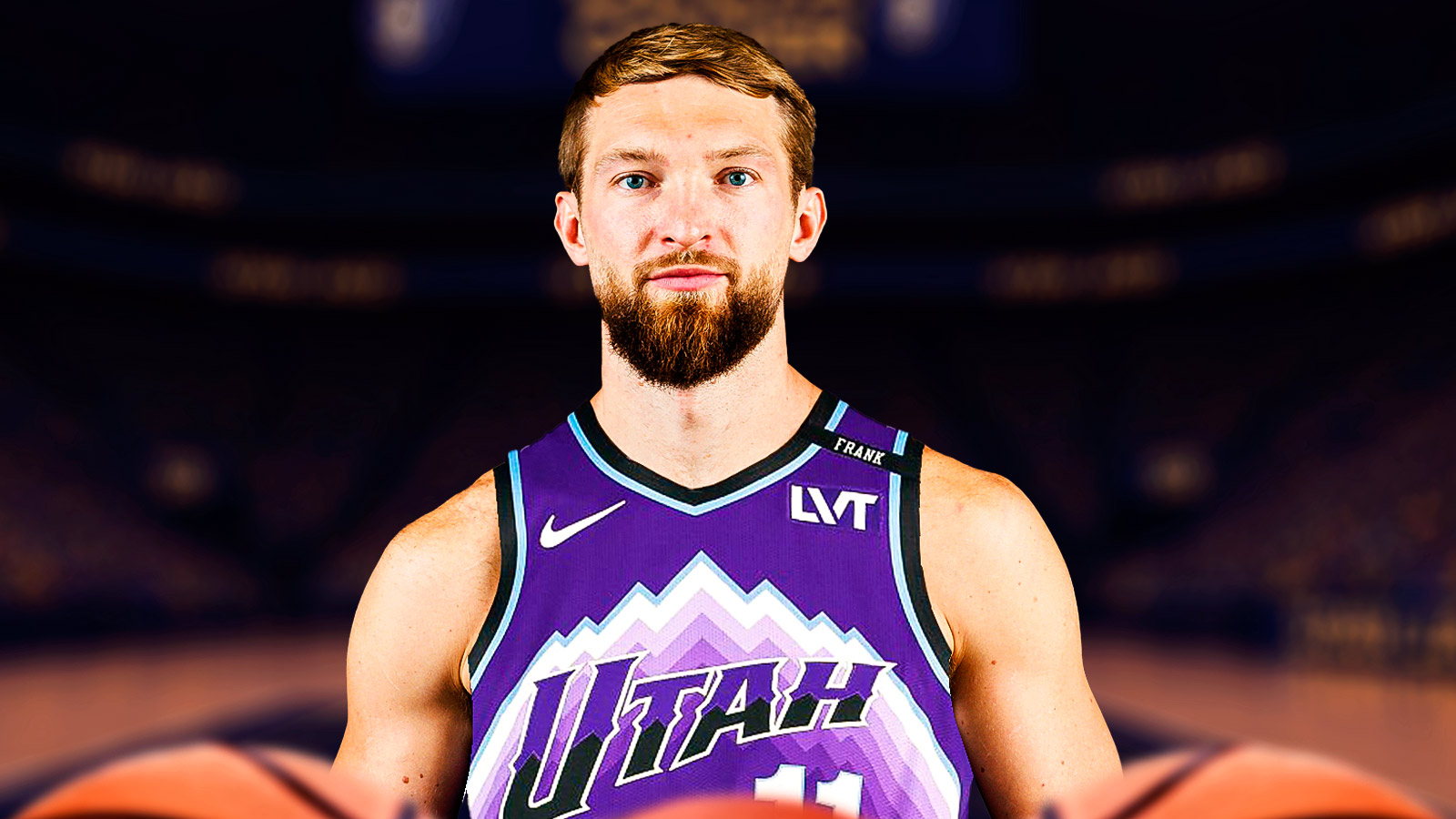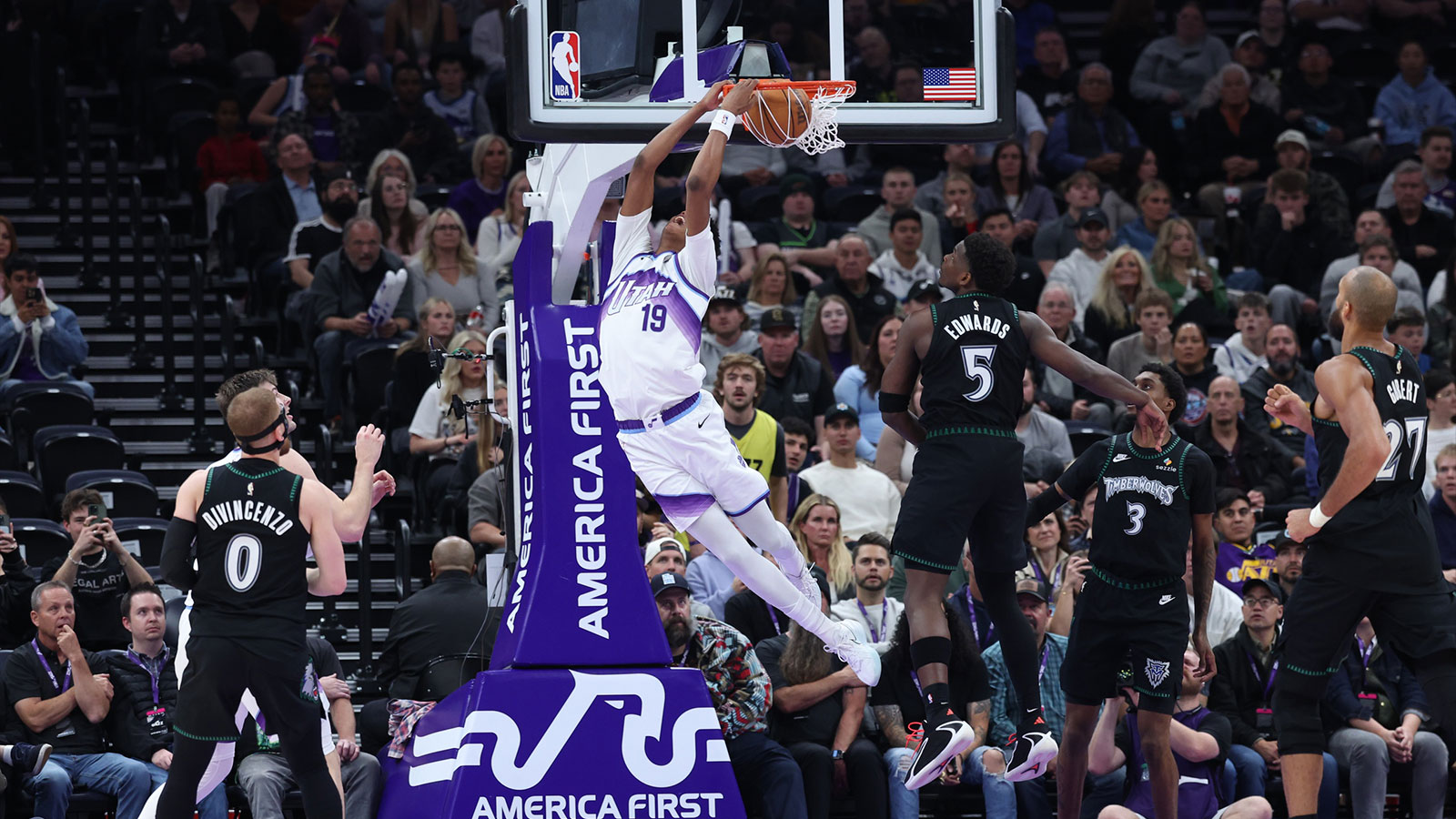The Utah Jazz enter the 2025-26 NBA season in the midst of a transformation, one that reflects both the ambitions of their front office and the risks inherent in building around youth. Gone are veterans like Collin Sexton and Jordan Clarkson, two of the most experienced guards on the roster in recent years. In their place stands a core of young players who, while brimming with potential, lack the mileage and composure that comes with years of NBA battles.
First-round pick Ace Bailey and Walter Clayton Jr. are suddenly the elder statesmen of the backcourt, while 21-year-old Keyonte George and rookies Isaiah Collier and Cody Williams will be tasked with leading the offense.
This shift toward youth is by design. The Jazz want to see what they have in their young backcourt, giving them minutes to grow and develop. However, the Western Conference is not a patient league. Contenders like Denver, Minnesota, and Oklahoma City will punish mistakes, while even fringe playoff teams like Sacramento or Houston are equipped with veteran guards who thrive in pressure situations. Utah’s lack of experience at the point of attack is already a glaring weakness, and as ESPN’s Kevin Pelton recently outlined, it could define the team’s season if not addressed.
The Jazz may start the year by rolling with their young core, but if the team is serious about balancing development with competitiveness, the trade market will become their best friend. Three players in particular stand out as ideal targets: Andrew Wiggins, Terry Rozier, and Josh Hart.
Andrew Wiggins: A defensive anchor and veteran presence
The first and most obvious target for the Jazz is Miami Heat’s Andrew Wiggins. For Utah, the appeal is clear. Wiggins fills multiple needs at once. Defensively, he provides the kind of perimeter stopper the Jazz currently lack. With a roster built around inexperienced guards, Utah desperately needs someone capable of handling tough assignments on the wing.
Wiggins has made his reputation in the league as a versatile defender, capable of matching up with positions two through four, and he played a critical role in Golden State’s 2022 championship run as their best on-ball defender. His ability to absorb those defensive challenges would take enormous pressure off of Utah’s young backcourt.
2022 Playoff Andrew Wiggins pic.twitter.com/ozovAQQx54 https://t.co/uvL2CkQDgL
— Felipe (@Num30onTop) September 1, 2025
Offensively, Wiggins doesn’t need to dominate the ball to be effective, which makes him a seamless fit alongside a developing backcourt. He is comfortable spacing the floor, cutting off the ball, and finishing in transition. With Lauri Markkanen emerging as the Jazz’s offensive centerpiece and Walker Kessler anchoring the paint, Wiggins could slot in as a reliable third or fourth option who can still create his own shot when needed.
Most importantly, Wiggins brings experience. At 30 years old, he has been through playoff wars and understands the demands of the postseason. For a Utah roster that is filled with first- and second-year players, that kind of presence is invaluable. He wouldn’t just contribute on the court—he would serve as a mentor, helping young guards learn how to handle defensive reads, manage late-game situations, and stay composed when the pressure mounts.
Terry Rozier: A scoring guard to stabilize the offense
If Utah wants to lean into experience in the backcourt rather than the wing, Terry Rozier could be the solution. After bouncing between Charlotte and Miami in recent seasons, Rozier has established himself as a fearless scorer and a guard who can create offense both for himself and for others. For a Jazz team struggling with inexperience at point guard, Rozier’s presence could instantly stabilize the rotation.
Terry Rozier has so much game it's ridiculous 🤦🏽♂️ Putting up a career high 24 and 7 a game this year. Creating off the dribble comes easy to him. pic.twitter.com/H9FowLjQGf
— Ball Don't Stop (@balldontstop) January 3, 2024
Rozier’s game is built on versatility. He can run an offense, but he doesn’t need to dominate the ball to be effective. This is crucial for Utah, where the long-term goal is still to allow Keyonte George and Isaiah Collier to develop as lead guards. Rozier could operate in both starting and bench units, picking up the scoring slack when the younger guards struggle, but without stunting their growth.
One of the biggest concerns for Utah’s backcourt is late-game execution. Young guards often struggle to manage pace and shot selection in clutch situations, leading to costly turnovers or rushed possessions. Rozier thrives in these moments. He has consistently hit big shots throughout his career, earning the nickname “Scary Terry” for his fearlessness in crunch time. Adding him to the roster would give the Jazz a proven closer, someone who can settle the offense when the pressure is highest.
Josh Hart: The glue guy Utah is missing
The third target for the Jazz is Josh Hart, a player whose value often extends beyond the box score. Currently with the New York Knicks, Hart has become one of the league’s premier role players: someone who rebounds at an elite level for his size, defends multiple positions, and brings relentless energy every night. For a Utah team trying to establish its identity, Hart could be the glue guy they are missing.
Hart’s appeal lies in his versatility. He can defend both guards and forwards, meaning he could be used to protect Utah’s young backcourt when they face difficult matchups. He is also one of the best rebounding guards in the NBA, which would help Utah push the pace in transition, an area where their athletic youth could thrive. Offensively, he doesn’t need plays run for him to make an impact. He cuts hard, moves the ball quickly, and hits timely shots.
How did Josh Hart keep his balance here? 🤯 pic.twitter.com/N1KbkCWJpp
— Corner Three Media (@Corner3Media) September 16, 2025
For the Jazz, Hart would be a stabilizer. When young teams get rattled, it’s often because they lack a player who can slow the game down and make the right play. Hart excels at this. He won’t take over games, but he consistently makes winning decisions, which is exactly what Utah’s roster needs right now.
From a cultural standpoint, Hart is also invaluable. He plays with toughness and intensity, qualities that would resonate with a fan base that still appreciates grit and hustle. He would instantly become a fan favorite in Salt Lake City while also providing the kind of leadership the locker room currently lacks.
The Knicks may be reluctant to move Hart, but if the Jazz offer draft capital or young assets, New York could consider retooling. For Utah, adding Hart would be less about raising the ceiling and more about raising the floor; ensuring that their young guards have a reliable veteran to lean on as they grow into their roles.
Where does the Jazz stand in the West?
The Utah Jazz have chosen a bold path by doubling down on youth in their backcourt. While the upside is undeniable, the risks are equally obvious. Inexperience often translates to inconsistency, and in a Western Conference filled with elite guards, the Jazz cannot afford to fall behind simply because their players aren’t ready yet.
By targeting veterans like Andrew Wiggins, Terry Rozier, and Josh Hart, Utah could strike the balance it desperately needs. Wiggins provides defensive versatility and playoff experience on the wing. Rozier offers scoring punch and late-game stability in the backcourt. Hart delivers intangibles, toughness, and two-way reliability that every young team craves.
Individually, each of these players addresses a different area of weakness. Collectively, they would help transform the Jazz from an inexperienced group with low expectations into a competitive, balanced roster capable of holding its own in a brutal Western Conference.
Utah’s front office has built the foundation of a future contender. The next step is ensuring that their young guards are not asked to shoulder too much too soon. Trades for the right veterans could make all the difference, keeping the Jazz competitive in the present while still building toward the future.


